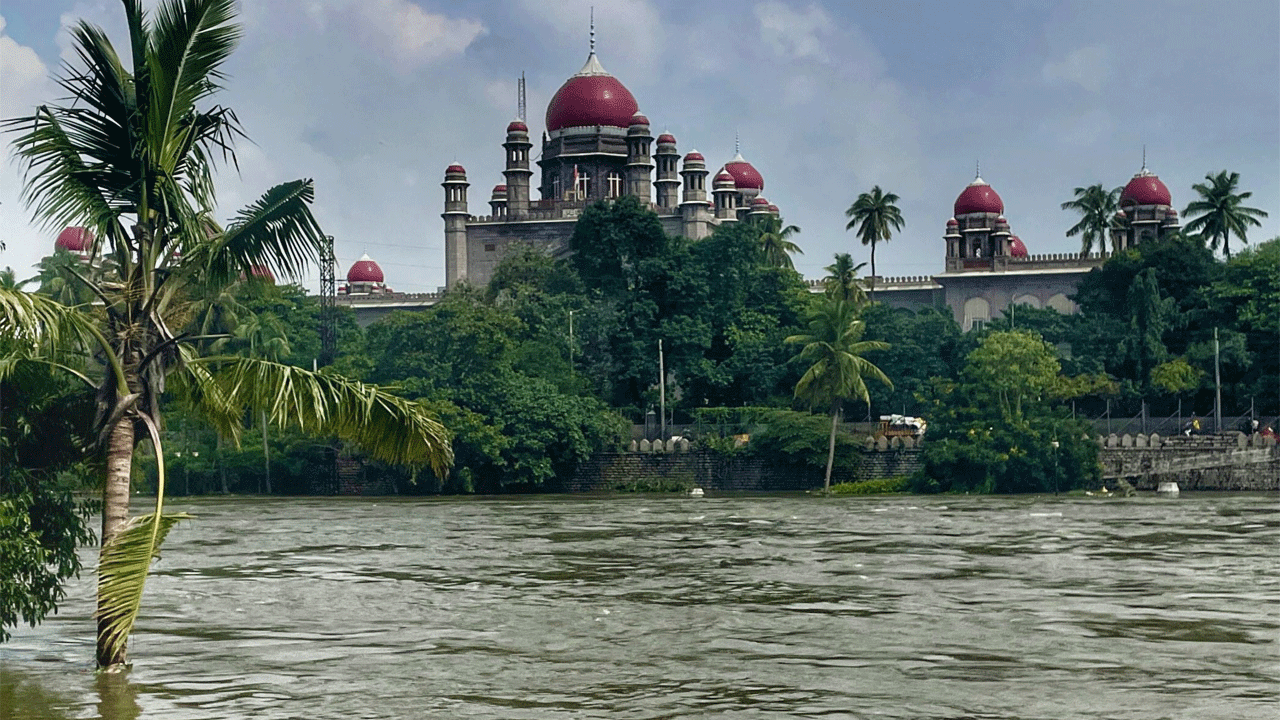September 24, 1970, was just another Thursday, so it seemed when I returned home from work. I had hardly changed when I heard a commotion outside – people whining and screaming. I came out only to see men and women fleeing in panic for their dear lives.
I could make out from the rising din that the swollen Musi was submerging everything in its way while another version was that the Gandipet Lake had breached and spread devastation. The Musi flowed quite close to our place behind Kacheguda station.
The family lost no time. We crossed the railway lines and hurried to the safety of Veerannagutta (Shyambaba temple complex) opposite the station. The spot commanded a bird’s eye view of the chaotic scenes below.
An hour had passed without a trace of the death-heralding flood. Meanwhile, police vans went about assuring people there was no flood threat; it was just a rumour. But to the panic-stricken ears, it sounded like a red alert.
Similar scenes were witnessed in many parts of the city. Residents of Nallakunta, Sitaphalmandi, Warasiguda, and neighbourhood clambered up the Osmania University library and the Arts College buildings. The RTC bus my brother travelled in swerved from its charted path and hurried into narrow lanes to avoid being washed away!
Soon enough, people realised it was a rumour and returned home, laughing sheepishly for making ‘silly asses of themselves.’

From our side, the panic response seemed pardonable on two counts: one, proximity to the Musi, and two, only 48 hours before, the city had experienced unprecedented downpours causing Afzalsagar Lake to breach and spread death and devastation.
On that fateful night (September 21-22, 1970), I was in The Daily News office at Nampally (my former workplace) when suddenly it rained, gathering intensity by the minute. Finding a brief lull, I made a foolish attempt to venture out. I was thrown off the bicycle by the swirling waters right outside the gate while the bike was swept away and was luckily halted by a pole.
Stopping overnight at the Daily News, I pedalled back home seeing clear evidence of the havoc the rain had wrought. Back at work (The Deccan Chronicle) in the afternoon, I learned that thousands had been rendered homeless and a hundred people lost their lives.
Tail-piece. Ironically, the biggest victim of the rumour was a senior journalist and as quickly, it opened the doors for a golden future for another, a much younger journalist.
News agency wires buzzed constantly putting out updates on the situation, but The Hindu office in Madras found nothing coming from its Hyderabad office. There was no contact either. How come, they wondered. PTI located within a kilometer of its office managed to provide updates.
The Madras office contacted the Bureau chief on the phone at his residence. He explained that he had ordered the office closed to save the lives of the staff. He was reprimanded for being highly unprofessional. Since The Hindu did not believe in axing people, it stripped him of the CoB post and consigned him to the loop line.
At the same time, The Hindu correspondent at Vijayawada received a call from the News Editor saying the Editor wanted him in Hyderabad. The young man of 30 murmured he could not fancy working under the CoB at Hyderabad. ‘Who said you will be working under him? You are going to be the Chief.’
The young man jumped for joy and was hastily put in The Hindu’s own aircraft to report at Hyderabad the following day.
The young man was R. J. Rajendra Prasad who went on to head the Bureau with distinction for 32 long years before handing over the baton to me in July 2002. The other person was H. Venkanna.




